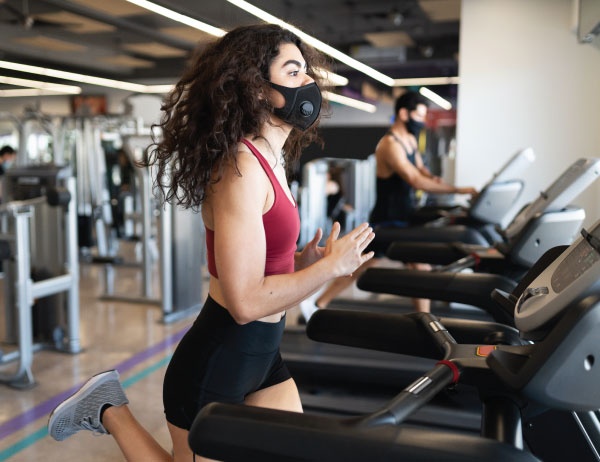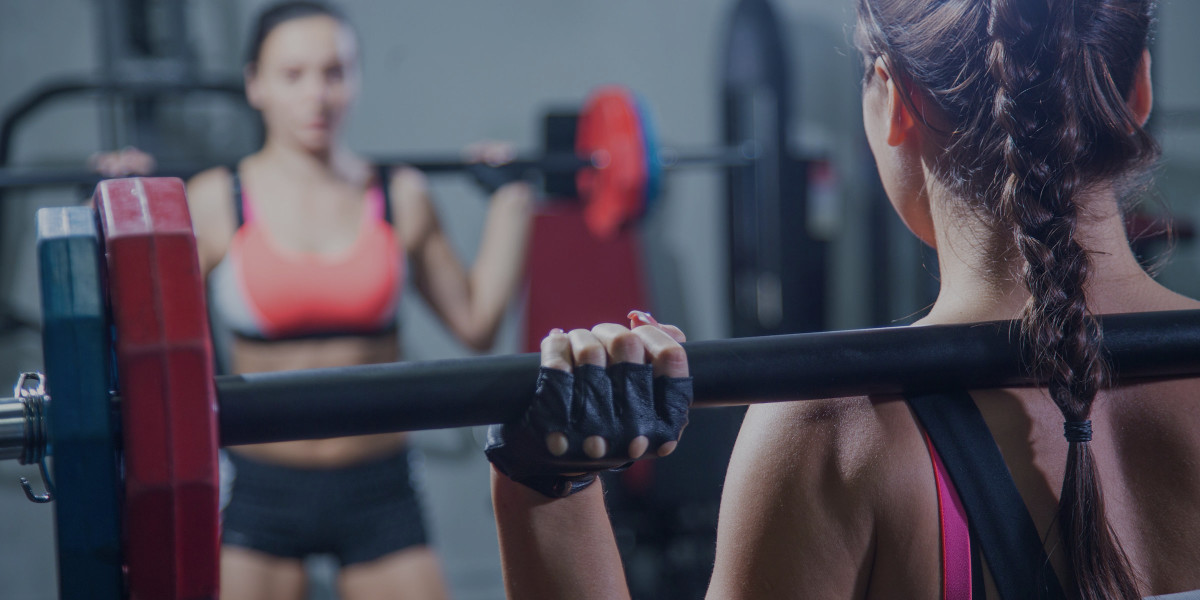
These basic exercises will help you develop ski-specific muscles. Place one foot on a small step, box or stair. You can bend your knee and lift your hip. After that, you can tap the floor by tapping the other foot. This will help you improve your power and control, which are two essential attributes for great skiing. You can do 10 repetitions of each leg. The box or step can be raised eventually. Do a few more sets with ten reps each leg to intensify your exercise.
Weighted dips
Skiing requires all your muscles to be active, including the quadriceps, quadriceps, and calves. To strengthen your core, skiers can do dips and pullups. Three to four sets of 8 to 12 repetitions are recommended for best results. A machine that strengthens hip abductors is a good option for beginners. Don't overexert yourself or you may do more harm then good.
Standing squat
Standing squats for ski exercises help build the muscles that will propel you forward during the push phase of the ski ride. Your quads and gluteals push your body forward during this phase. And your erector spunae muscles stabilize your body into the forward lean position you'll be using in cross-country skiing. It's a great way to strengthen the inner quads by holding onto a small medication ball or a rolled up blanket.

Jumping lunges
This exercise will benefit your lower body as well as your cardiovascular system. Avoid this exercise if you have hip or knee problems. Jumping lunges are plyometric exercises, so the key is moving quickly. These are some simple movements that can be used to mimic the jumping lunge movement pattern.
Single-leg deadlift
Single-leg deadlifts are a good way to improve balance. Skiing requires good ankle stability, which is aided by this exercise. To perform single-leg deadlift, stand with one leg bent at the knee and raise the other. The other leg should be straight while your back leg should be bent. Your arms should be extended. You should do this for between ten and twelve times. This exercise also helps to strengthen the core muscles, which are critical to skiing balance.
Renegade rows
While renegade Rows are not considered to be bodybuilding exercises, they require two dumbbells (or kettlebells) and two dumbbells. You can start with a lighter weight, and then increase your strength. As the weights are held shoulder-width apart by the athlete, the athlete must maintain a firm core and good technique as they pull the weights. Then, repeat the movement with the other arm. Repeat the movement with the other arm. One repetition equals a set. Two reps equals one rep.

FAQ
Is it true that kidney stones can be caused by overeating protein?
Protein is essential for healthy bones and tissue. Consuming too much protein can result is calcium excretion via urine. This can lead kidney stones.
It is important to remember that not all people get kidney stones from eating more than 2g protein per kilogram (2.2lbs) of body weight. It is possible to eat high levels of protein without developing kidney stones.
By watching how much sodium you consume, kidney stones can be prevented. The kidneys regulate the amount of sodium they consume. Too much sodium can lead to kidney stones.
If you have kidney stone, you might also consider reducing your protein intake. The majority of adults need protein for half their daily caloric needs. Reduce your intake of protein and you will likely lose weight.
If you do decide to eat more protein, don't go overboard. You should aim to consume less than 20% of your total calories from protein.
What is the best 7-day workout program?
Three days per week should be spent on cardiovascular training, including running, biking, swimming, and two strength exercises using free weights, weight machine, as well as one flexibility/core exercise such as yoga, Pilates. Each activity should be performed at least once each week. The total time for each session should not exceed 45 minutes.
Cardiovascular Exercise: Running/Biking/Swimming
Aim to do at least 60 minutes per week of cardio. To achieve the best results, aim to exercise for at least 75 minutes each week. Cardio exercises can help improve blood flow and stimulate muscle growth.
Strength Training
Cardio exercises target the heart, lungs and muscles. Strength training targets the muscles, tendons and bones. Strength training increases lean muscle mass and helps to burn calories even at rest.
Flexibility & Core Workouts
To strengthen your whole body, flexibility and core work outs are excellent ways to do so. Both yoga and Pilates are excellent options.
Are Cardio exercises good or bad for your health?
Cardiovascular exercise has many advantages. It improves blood circulation, strengthens heart muscle, gives you energy, and can even help you lose weight.
Cardiovascular exercise includes running, biking, hiking, swimming, tennis, basketball, soccer, volleyball, football, etc.
It is important to remember that cardio exercises should not be performed at high-intensity levels. This could cause injury.
You should only perform the cardiovascular exercise if you are feeling well.
Never push yourself past your limits. In this way, you may injure or even kill yourself.
It is important to warm up before you begin any cardiovascular exercise. Then, gradually build up to higher intensity levels.
You must always listen to what your body is telling you. If you feel pain when doing cardiovascular exercise, you should immediately stop.
After a cardiovascular training session, it is recommended that you take some time to relax. This allows your muscles time to recover.
Cardiovascular exercise is a great way to lose weight.
It is the best method to lose calories and reduce belly weight.
Eggs are good for us.
All the nutrients that the body needs are found in eggs. It supports strong bones, healthy heart, lungs, and stable blood sugar.
Eggs are a good source of protein and vitamins A, B12, D, E K, calcium, phosphorus iron, zinc copper, magnesium selenium and even riboflavin.
The egg yolk contains high levels of cholesterol. It does not contain any saturated fat. Eggs are lower in saturated fat than other foods.
They are also low calories and sodium. They are very versatile and can be cooked any way you'd like. They can be fried, poached, scrambled, boiled, hard-boil and baked.
They are incredibly nutritious and easy to prepare.
At least two whole eggs should be consumed each day. You should eat eggs if you are allergic to them.
Our bodies need eggs to provide the essential nutrients they require. Consider adding eggs to your daily meal plan today.
Statistics
- According to the American Academy of Dermatology (AAD), men over 50 are at a heightened risk of developing it. (healthline.com)
- Cardmembers earn 5% Back at Amazon.com with a Prime Credit Card. (amazon.com)
- Candidates and applicants must pass all four tests at 70% (minimum level) to graduate from Basic Deputy U.S. Marshal (BDUSM) Training. (usmarshals.gov)
- By John Thompson Take a whopping 38% off a set of PowerBlock Pros. (menshealth.com)
- Are You One of the 20% of Guys (mh.co.za)
External Links
How To
How can I exercise to burn fat?
Exercise helps you lose calories by increasing your metabolism and oxygen intake.
Moderate intensity exercise is a safe way to lose weight.
To burn fat while exercising, follow these tips:
-
Cardio exercises include walking, running, swimming, cycling, running and jogging.
-
For 30 minutes, do it three times a week.
-
Add strength training to your workouts if you are looking to lose more weight.
-
Avoid intense workouts. It's possible to build muscle, but not lose it.
-
When exercising, make sure to drink lots of water. Water flushes out toxins and helps keep the body hydrated.
-
After working out, make sure to drink low-fat proteins shakes. Protein shakes repair muscles and increase energy.
-
Eat smaller meals throughout the day, so you don't feel hungry between meals.
-
Don't skip breakfast! Skipping breakfast can lead to fatigue and sluggishness.
-
Take care of yourself mentally. Stressful situations can slow your metabolism.
-
Keep a positive attitude. Studies show that overweight people are more likely to be obese than those who perceive themselves as attractive.
-
Get enough sleep. It is harder to lose fat if you don't get enough sleep.
-
Keep active. Make sure you get up and move every hour.
-
Maintain a healthy diet. Eating right keeps you feeling full and satisfied longer.
-
Find ways to relax. Relaxing doesn't mean your body releases stress hormones which cause muscle tissue to be destroyed.
A balanced diet includes all essential nutrients needed for growth and development.
You should eat six small meals per day rather than three large ones. This gives your body time and energy to process the food.
To maintain strong bones, you need to consume 500 mg of calcium each day. Calcium can be found as a dairy product such as milk, yogurt and fortified soy drinks, orange juices, cereals, breads, and cereals.
Calcium comes from leafy green vegetables, beans, tofu, nuts, seeds, and cheese.
Vitamin D is necessary for the body to absorb calcium. Vitamin D is found in certain fortified foods, such as egg yolk and fatty fish.
Vitamin E is crucial for skin health. It can be found as a vegetable oil, wheat germ, peanuts or almonds.
Zinc is essential for healthy immunity and wound healing. Zinc can also be found in legumes, oysters, meats and whole grains.
Zinc deficiency can cause fatigue and loss of appetite. It can also lead to depression and impaired immunity.
Insulin resistance is caused by eating too much sugar, which can increase blood glucose levels. Insulin resistance causes weight gain.
High levels of free radicals can lead to insulin resistance. Free radicals are molecules with unpaired electrons that damage cell membranes and other parts of the body.
The most common sources of free radicals include food additives.
Free radical damage can lead cancer, heart disease or diabetes, arthritis, asthma, or other forms of aging.
Antioxidants are essential for preventing free radical damage. Antioxidants protect against oxidative damage.
Vitamin C is found in citrus fruits and beta carotene is found in carrots.
Additional antioxidant nutrients include selenium and copper, manganese and zinc.
Selenium helps protect cells from oxidative damage caused by free radicals. Selenium can be found in Brazil nuts and liver, kidneys, liver, kidneys, shrimp, cod, turkey and lamb as well as chicken.
Copper protects your eyes, brain, eyes and red blood cell. Copper is found in shellfishes, poultry, meat, organ meats, and other foods.
Manganese is essential for bone structure. Manganese may be found in brown rice or spinach, bananas and prunes as well raisins, oatmeal and lentils.
Zinc is required for normal growth, reproduction and wound healing. Zn is found in lean meats, poultry, white fish and eggs.